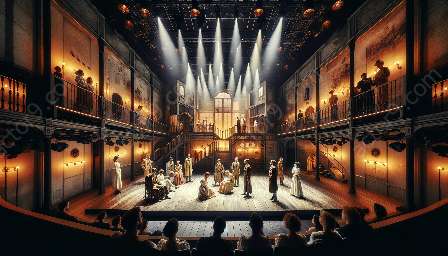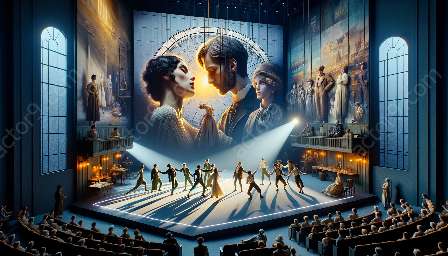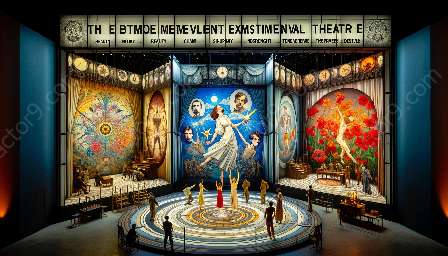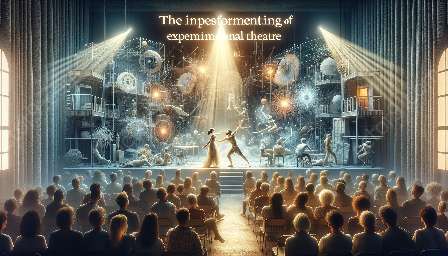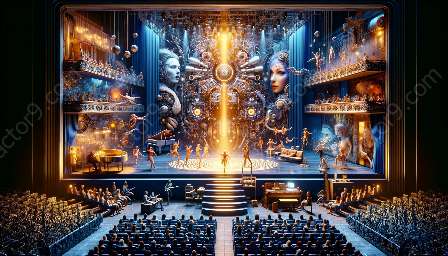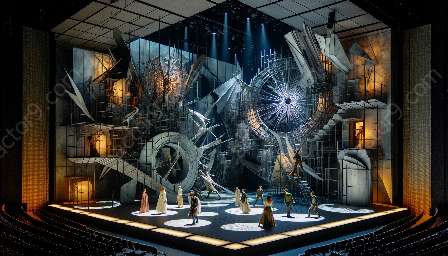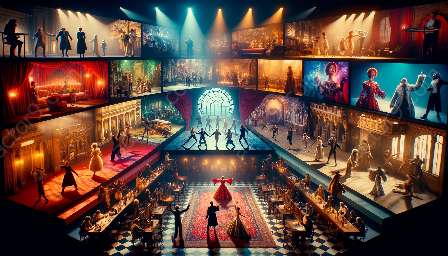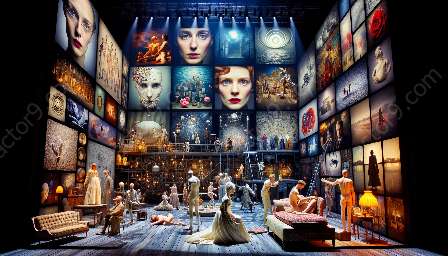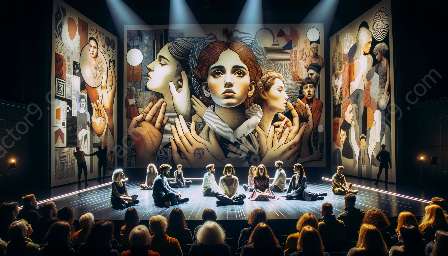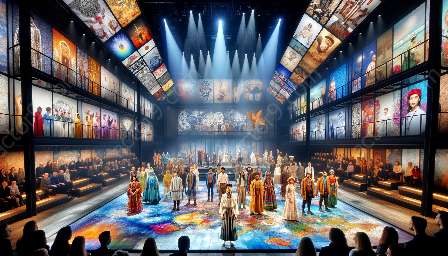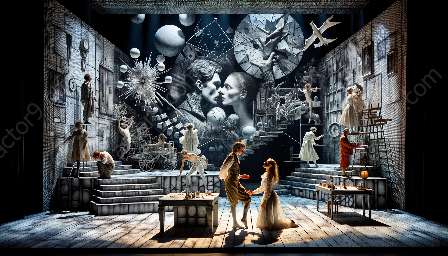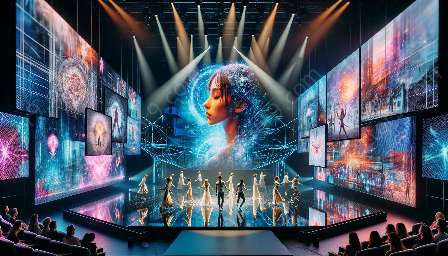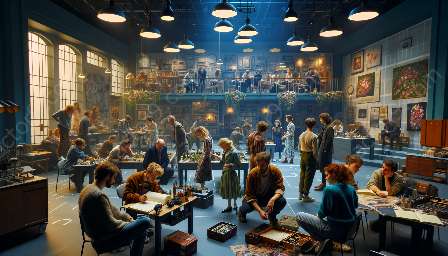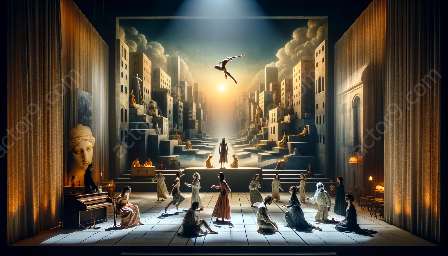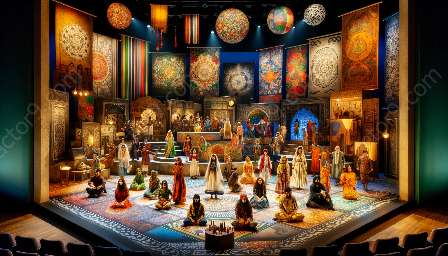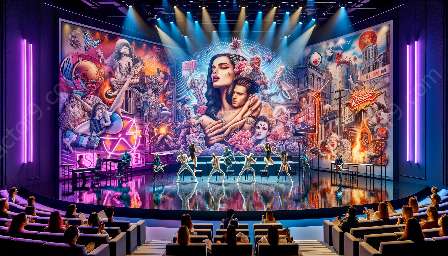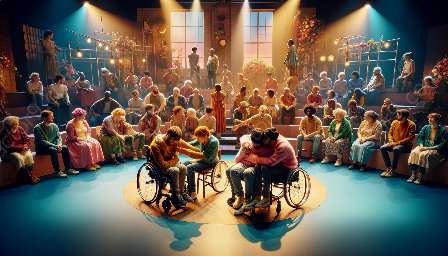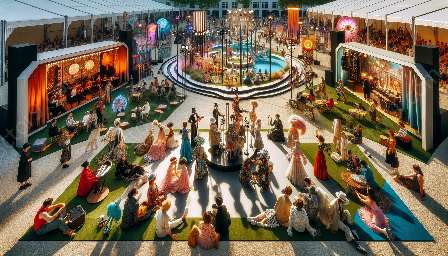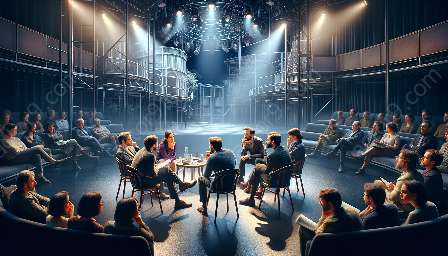In the world of theatre, two distinct styles have emerged - traditional theatre and experimental theatre. This comparative analysis explores the differences and innovations between these two approaches and delves into the impact of pioneers in experimental theatre on the art form.
Traditional Theatre
Traditional theatre is characterized by its adherence to established conventions and structures. It often draws from classical plays, relying on familiar narratives, acting techniques, and stage design. Spectators are generally passive observers in traditional theatre, where the fourth wall is maintained, and the focus is on storytelling and character development. The primary goal of traditional theatre is to entertain and engage audiences within the boundaries of established norms and expectations.
Experimental Theatre
Experimental theatre, on the other hand, is a departure from traditional norms. It seeks to push the boundaries of theatrical expression and challenge preconceived notions of performance. Pioneers in experimental theatre have embraced unconventional forms of storytelling, non-linear narratives, and avant-garde staging techniques. Audience engagement is often a central element of experimental theatre, with performers breaking the fourth wall and involving spectators in the overall experience. This style aims to provoke new ways of thinking and evoke emotional and intellectual responses from the audience.
Pioneers in Experimental Theatre
Throughout history, pioneers in experimental theatre have revolutionized the art form by daring to defy conventions and explore new artistic territories. Visionaries such as Antonin Artaud, Bertolt Brecht, and Jerzy Grotowski have significantly influenced the development of experimental theatre through their innovative approaches to performance, staging, and audience interaction. These pioneers have inspired a new generation of theatre practitioners to challenge traditional norms and create bold, thought-provoking work that pushes the boundaries of the medium.
Comparative Analysis
When comparing traditional theatre and experimental theatre, several key differences become apparent. Traditional theatre emphasizes the preservation of classic dramatic structures and storytelling techniques, while experimental theatre seeks to deconstruct and re-imagine these conventions. In traditional theatre, the focus is on the portrayal of characters and linear narratives, whereas experimental theatre often prioritizes the exploration of abstract concepts and sensory experiences.
The role of the audience also differs significantly between the two styles. In traditional theatre, spectators are passive observers, whereas in experimental theatre, they may become active participants in the performance. Additionally, traditional theatre typically adheres to a proscenium stage, while experimental theatre may utilize non-traditional spaces and immersive staging configurations.
Conclusion
In conclusion, the comparative analysis of traditional theatre and experimental theatre highlights the diversity and richness of theatrical expression. While traditional theatre continues to uphold time-honored practices and storytelling conventions, experimental theatre challenges the status quo and ventures into uncharted territory. The influence of pioneers in experimental theatre continues to shape the evolution of the art form, inspiring artists to break free from tradition and explore new frontiers of creativity and expression.

